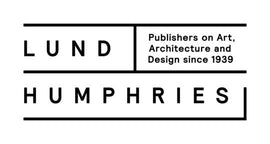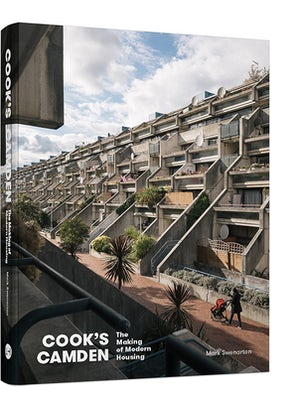
- Provides new insights into an influential architectural masterpiece, its innovative ideas on curation and its relationship to the city
The Austrian architect-artist Hans Hollein was appointed in 1972 to design a new museum for the post-industrial city of Mönchengladbach in West Germany which transformed it into a centre for contemporary art. This book reveals the full story of this innovative masterpiece. Opening in 1982, Museum Abteiberg was instantly lauded by international critics and Hollein was duly awarded the 1985 Pritzker Prize. It rapidly became a place of architectural pilgrimage, with more than 20,000 people flocking to visit in its opening week, well over a decade before Frank Gehry completed the Guggenheim Mus... Read More
- Provides new insights into an influential architectural masterpiece, its innovative ideas on curation and its relationship to the city
The Austrian architect-artist Hans Hollein was appointed in 1972 to design a new museum for the post-industrial city of Mönchengladbach in West Germany which transformed it into a centre for contemporary art. This book reveals the full story of this innovative masterpiece. Opening in 1982, Museum Abteiberg was instantly lauded by international critics and Hollein was duly awarded the 1985 Pritzker Prize. It rapidly became a place of architectural pilgrimage, with more than 20,000 people flocking to visit in its opening week, well over a decade before Frank Gehry completed the Guggenheim Mus... Read More






